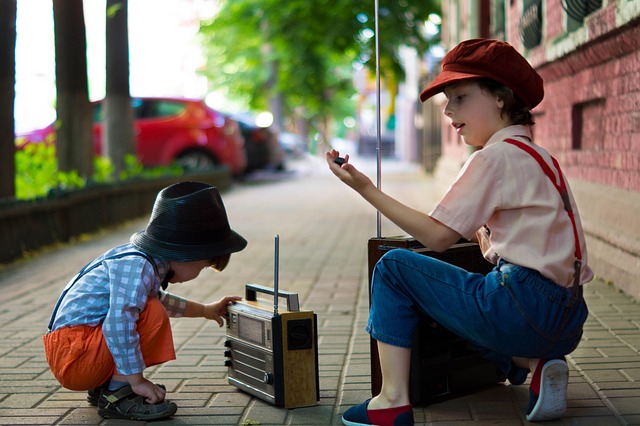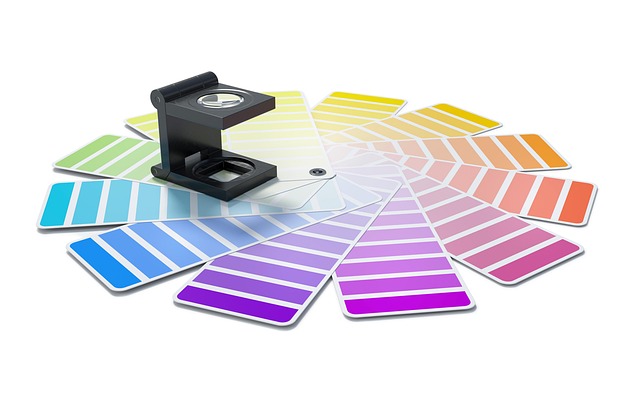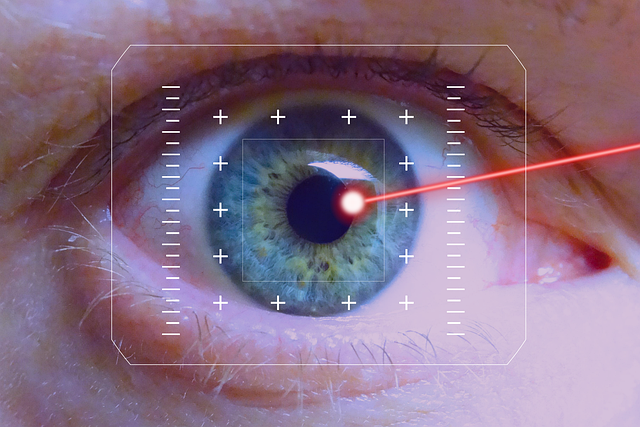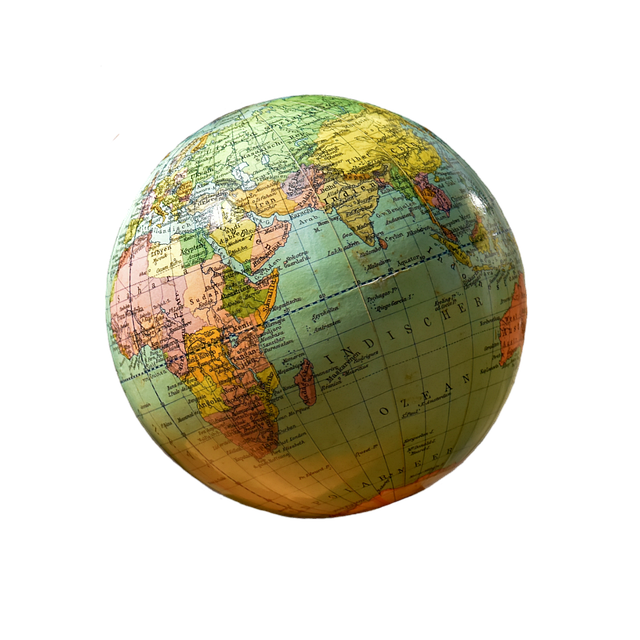When we think about photography, the first thing that often comes to mind is simply capturing a moment. However, for those who plunge into the world of reportage photo, the practice transcends mere documentation. It becomes an art form that combines a keen eye for design with an intrinsic understanding of the narrative. In reportage photography, every shot tells a story, and every image is meticulously crafted to evoke emotion and provoke thought.
The essence of reportage photography lies in its authenticity. It presents a raw, unfiltered glimpse into the lives of people and the environments they inhabit. Yet, it’s not just about being present in the moment; it’s about how one chooses to represent that moment visually. Here, the art of design plays a pivotal role. Photographers must consider composition, lighting, and color—not merely as aesthetic components, but as storytelling devices.
The composition in a reportage photo can significantly impact how the viewer interacts with the narrative. A well-framed shot can create a sense of movement or stillness, urgency or peace. Think about how the leading lines in an image can draw the eye toward a subject, or how the choice of background can either enhance or distract from the main focus. Each element must be purposefully considered, making design not just an afterthought, but a foundational aspect of the storytelling.
Lighting, too, transforms a simple moment into a captivating image. The play of shadows and highlights can evoke emotion, setting the tone for the story within the frame. A soft, diffused light may impart a sense of nostalgia, while harsh, dramatic light can convey tension or urgency. In the realm of reportage photo, mastering the use of light is akin to a painter wielding a brush; it can define the mood and texture of the narrative.
Color selection in reportage photography also speaks volumes. A vibrant, bustling street scene can reflect joy and excitement, while muted colors may communicate a somber reality. Photographers often use filters and post-processing techniques to enhance these elements, ensuring that the final image resonates with the intended emotional impact. It is within these nuances that the art of design weaves itself seamlessly into the fabric of reportage photography.
Moreover, the act of capturing a moment is an art in itself. It necessitates patience, anticipation, and an intuitive understanding of the environment. The best reportage photographers can sense the energy of a scene and anticipate the fleeting moments that encapsulate the essence of their narrative. The click of the shutter might seem instantaneous, but behind it lies a well-honed craft that embraces both art and design.
In essence, exploring the art of design in reportage photography allows for a deeper connection to the work, both for the creator and the viewer. It elevates simple images into powerful stories that transcend cultural and geographical boundaries, inviting contemplation and engagement. Each reportage photo is not just a static image; it becomes a dialogue between the photographer and the audience, sparking curiosity and empathy in the ever-evolving tapestry of human experience.




